Best juga kadang-kadang tengok hiasan luaran rumah orang Barat. Ada yang buat pokok-pokok menjalar sehingga ke atap rumah. Kalau di Malaysia, rumah kolonial, hotel, resort atau mereka yang sukakan hiasan luaran ini kerap membuat kerja-kerja seperti ini. Rumah nampak istimewa kalau ada pokok-pokok macam dekat bawah ni. Hari ni Sekolah Blogpedia akan memberi tips-tips tertentu secara pictorial. Walaupun menggunakan pokok pear, apple, anggur, tapi saya rasa kita bleh apply dekat tumbuhan seperti bunga kertas, bunga ros, orkid atau pun pokok-pokok rendah yang lain. Yang penting berkesesuaian dengan iklim dan tanah yang akan digunakan. SIla klik tajuk post untuk melihat seluruh entry. Enjoy.
Post ini berlabelkan Sekolah Blogpedia. Sila klik DI SINI untuk melihat entry yang lain.
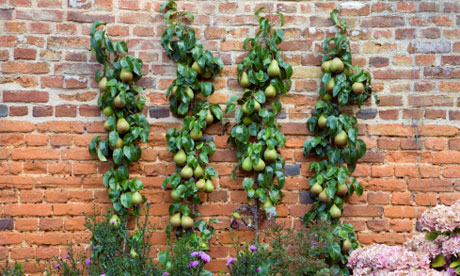
Single cordons like these pears are the simplest form of fruit tree training. Cordons are great for small gardens as they take up so little space.
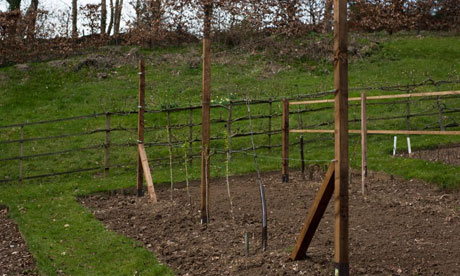
Now is the ideal time of year for planting new fruit trees for training. Here apple 'Coeur de Boeuf' and redcurrants have been planted for cordons.
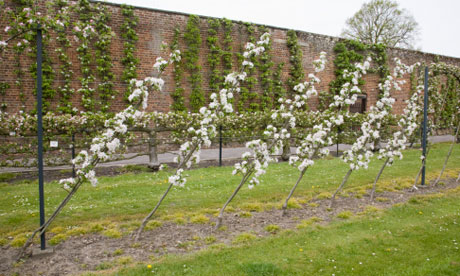

Step-overs feature a short stem with two horizontal 'arms', low to the ground and are great for edging borders or creating boundaries, like this 'Merton Russet' apple.
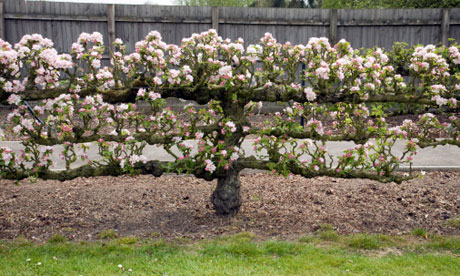

Espaliered apples can be trained against a sunny wall or grown freestanding, supported by a system of wires, like this variety, 'Rosemary Russet'.
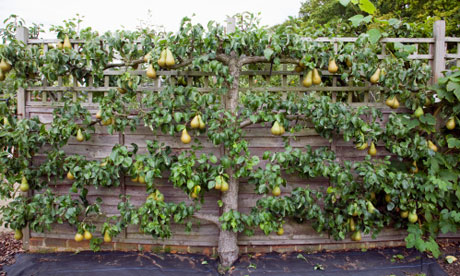

Pears grown against in a sunny, sheltered spot will remain productive for many years. Here, the popular variety 'Conference' is espaliered against a fence.
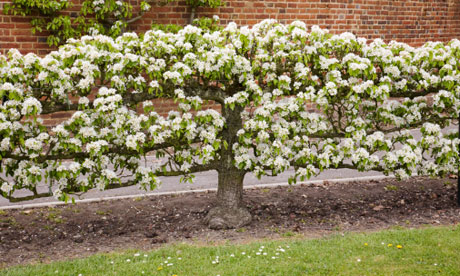

Pears can also be espaliered freestanding with a series of supports, like this 'Doyenne du Comice' tree.
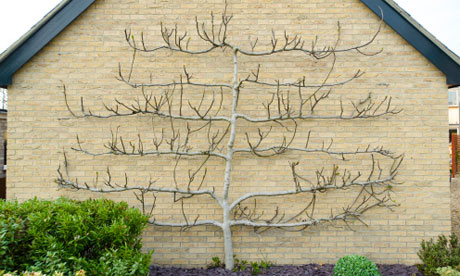

An espaliered fig tree is ideal for training against a sunny wall. Pictured in winter, this tree shows the tiered outline of an espalier-trained tree.
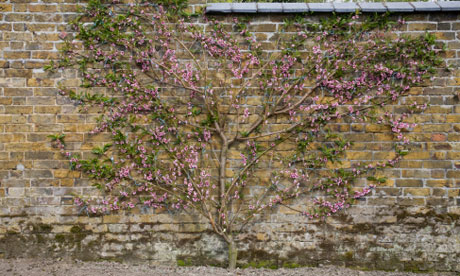

Peach trees can be protected from the disease peach leaf curl if trained against a wall, like this variety 'Rochester'.
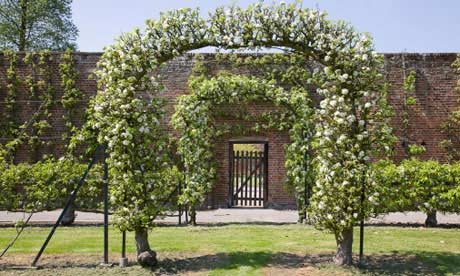

Use an archway of trained apples to frame a path or entrance.

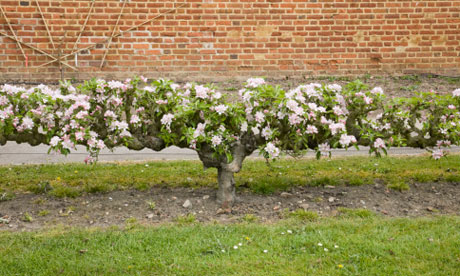
0 comments:
Post a Comment